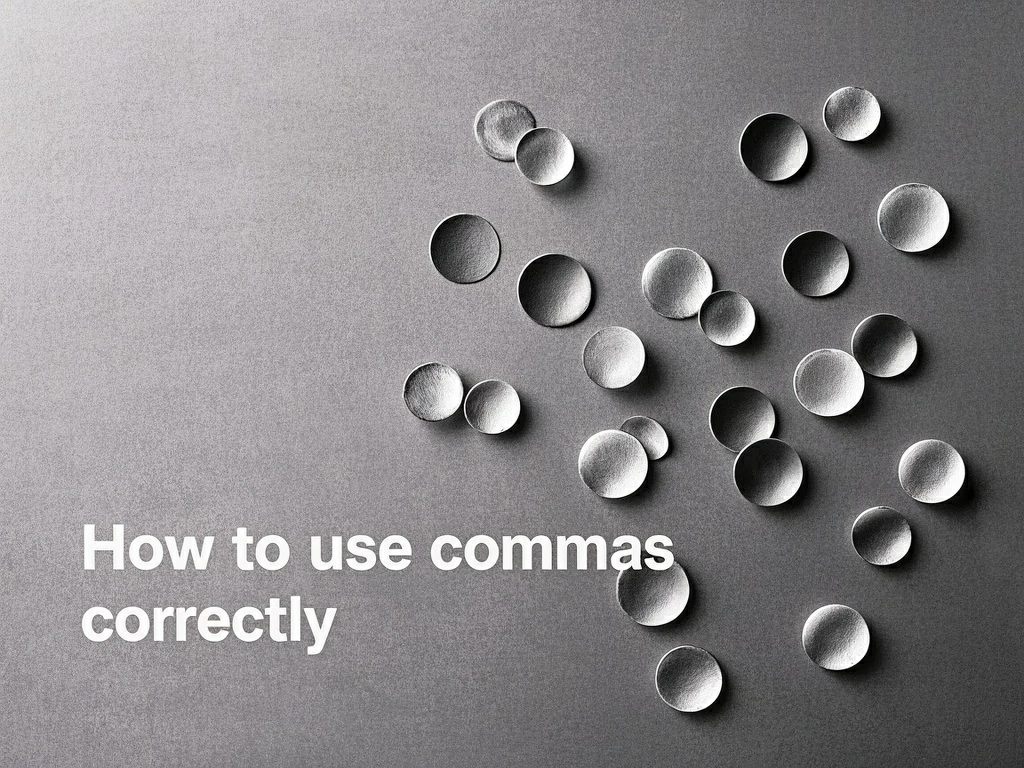One frequent error in IELTS writing involves incorrect punctuation application, particularly with commas. Proper usage of fundamental punctuation marks remains critical for effective written communication.
Below are essential guidelines for correct comma placement:
Listing Items
Commas separate three or more elements in a series.
Examples:
Modern lifestyles frequently involve detrimental practices like consuming calorie-dense meals, maintaining inactive routines, and abusing alcoholic beverages.
IMPORTANT NOTE
Avoid concluding lists with “etc.” – instead, present three distinct items.
Incorrect: Common snacks include chips, candy, cookies and etc.
Correct: Common snacks include chips, candy, and cookies.
Preceding Coordinating Conjunctions
Place commas before conjunctions like and, but, or, and so in compound sentences.
Example:
While most budgets contain inefficiencies, academic institutions emphasize their distinct operational needs demand alternative assessment criteria.
Separating Sequential Adjectives
Use commas between multiple adjectives describing the same noun.
Example:
The elegant, charismatic woman teaches literature at our university.
Following Introductory Elements
Insert commas after introductory components:
Adverbs:
Surprisingly, critics praised the film despite its low production quality.
Transitional words:
Some employees, therefore, require additional training during onboarding.
Prepositional phrases:
Before digitalization, international communication relied heavily on postal services.
Quotation introductions:
The manager announced, “The new policy takes effect next quarter.”
While commas serve numerous functions in English writing, these core principles are most vital for IELTS success. Familiarize yourself with these guidelines and regularly practice crafting sentences. During exams, systematically check whether your writing aligns with these categories to ensure accurate comma placement.






